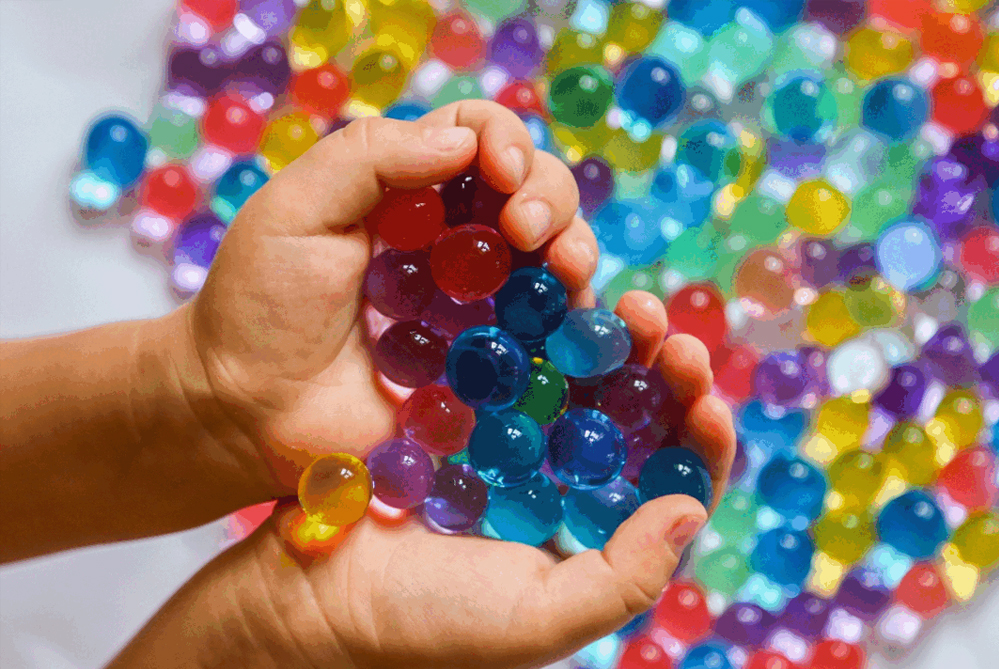Water beads, those tiny, colorful gel balls popularly used in crafts and sensory activities, are now under scrutiny due to serious health risks they pose, especially to children. In response, both the federal government and the state of New Jersey have introduced bills to ban their sale. Diane Calello, the medical director of the New Jersey Poison Control Center at Rutgers New Jersey Medical School, sheds light on the dangers associated with these seemingly harmless toys and what parents need to know.

Understanding Water Beads: Water beads are small, round, and brightly colored gel balls known for their ability to expand up to 100 times their original size. Marketed as crafts, home decor, and sensory toys for children with developmental disabilities, they contain a super-absorbent material that, when ingested, can lead to severe health complications.
Health Risks and Dangers: The dangers associated with water beads are multifaceted. Initially presenting a choking hazard due to their small size, these beads can, when swallowed, block various parts of the gastrointestinal (GI) tract, causing issues such as vomiting, dehydration, intestinal blockage, infection, and, in extreme cases, death. Emergency surgery may be required to remove lodged beads from the intestine.
Signs of Ingestion: Detecting water bead ingestion can be challenging unless witnessed. Parents should be vigilant for signs such as gagging, vomiting, refusal to eat or drink, and potential progression to more severe symptoms like abdominal swelling, pain, fever, and behavioral changes.
Treatment: If a child has ingested water beads, medical professionals may attempt to remove them through endoscopy or surgery, especially if obstruction is evident in the intestine.
Beyond Ingestion: Aside from ingestion risks, water beads can cause harm when they enter closed spaces. Reports indicate instances of children putting beads in their ears, leading to tissue damage and hearing loss requiring surgical intervention. While less reported, the possibility of a child inserting a bead in their nose could cause significant damage to nasal cartilage and facial structures.
Ensuring Child Safety: To keep children safe, parents are advised to refrain from purchasing water bead products if they have young children at home. Additionally, they should be cautious of surroundings outside the house, such as floral arrangements containing these beads, and educate caregivers about the potential hazards associated with water beads.
Conclusion: While marketed as harmless playthings, water beads can pose significant risks to children’s health. Parents, caregivers, and authorities are taking proactive steps to mitigate these risks and ensure the safety of young ones in various settings.



